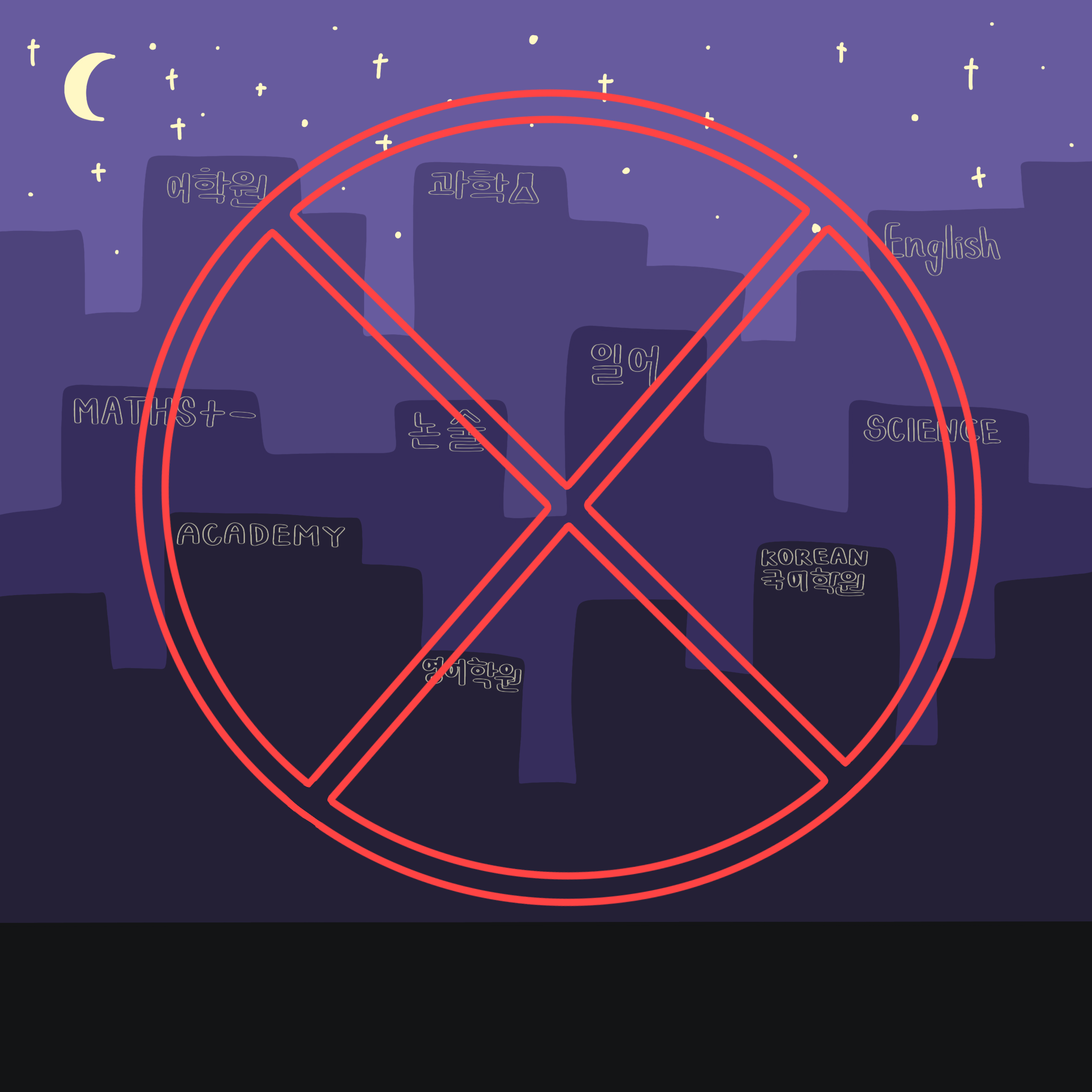“Shuangjian” policy and banned private education
China’s fear of low birth rates

[해외특파원 1기 / 조수아 기자] Xindongfang, China’s top private education company with 55 million students, faced a crisis of survival and closure on July 24th, 2021.
Xindongfang was founded in 1993 when Chairman Wiminhong of Beijing University established an English academy in a small building. This became the first Chinese private education company to be listed on the U.S. stock market in September 2017. Moreover, it developed into the first Chinese private education company to surpass $10 billion in market capitalization. Nevertheless, Xindongfang faced a sudden crisis of existence due to the Chinese government’s ban on private education. On July 24th, the Chinese government effectively banned private education in China under the “Shangjian” policy to ease the burden of the inflated level of education on the students.
The Shangjian policy can be divided into 10 major categories:
1) Parents cannot give homework to students, nor can they correct students’ homework.
2) Giving homework is not permitted for first and second graders, the amount of homework for third to sixth graders cannot exceed 60 minutes, and middle school students must not exceed 90 minutes.
3) After-school classes should not exceed the adults evening rush time, but self evening study of the middle school students is allowed.
4) During the compulsory education period (1st grade ~ 9th grade), students should not pursue private education. Educational institutions should ensure that they are non-profitable.
5) Education institutions are prohibited from progressing with classes on public holidays.
6) Class hours of educational institutions should not exceed 30 minutes per class, and must have at least 10 minutes of break time in between. All classes must finish before 9 pm.
7) Online educational institutions must prohibit the use of any media sources that can cause laziness among students, such as apps that allow students to find answers by taking pictures.
8) School cannot change class timings, learning process, and difficulties at will and without permission.
9) Educational institutions should not demand high tuition fees.
10) Every educational institution under the Chinese government must follow these policies and pre-learning is not allowed.
Private education in China has been considered severe enough to be on par with Korea in the international community. According to the Chinese Academy of Education, major cities such as Beijing and Shanghai receive private education at a ratio of 10:7 from kindergarteners to high school students. Therefore, it is presumed that China has taken such measures because of China’s falling birth rate caused by fear. In a recent poll on China’s willingness to have three children, only 4.9% of those aged 10-24 and 6.92% of those aged 25-29 answered yes to the question. This is also evidence of many young people in China giving up childbirth because they fear that they will not be able to afford private education. According to the 7th census released by China’s National Bureau of Statistics in May 2020, the total population was 14 million, up 5.38% compared to a decade ago, however, the average annual growth rate was 0.53%, down 0.57% from 2000 to 2010. Statisticians in China predict that the gap between the death toll in China and the number of newborns has narrowed over the years, and that the death toll will soon surpass the number of newborns. I believe the reason why China is extremely sensitive to the issue of plummeting birth rate is because it is believed to be the biggest obstacle to achieving the “Chinese dream” which is to realize the great rejuvenation of China.





